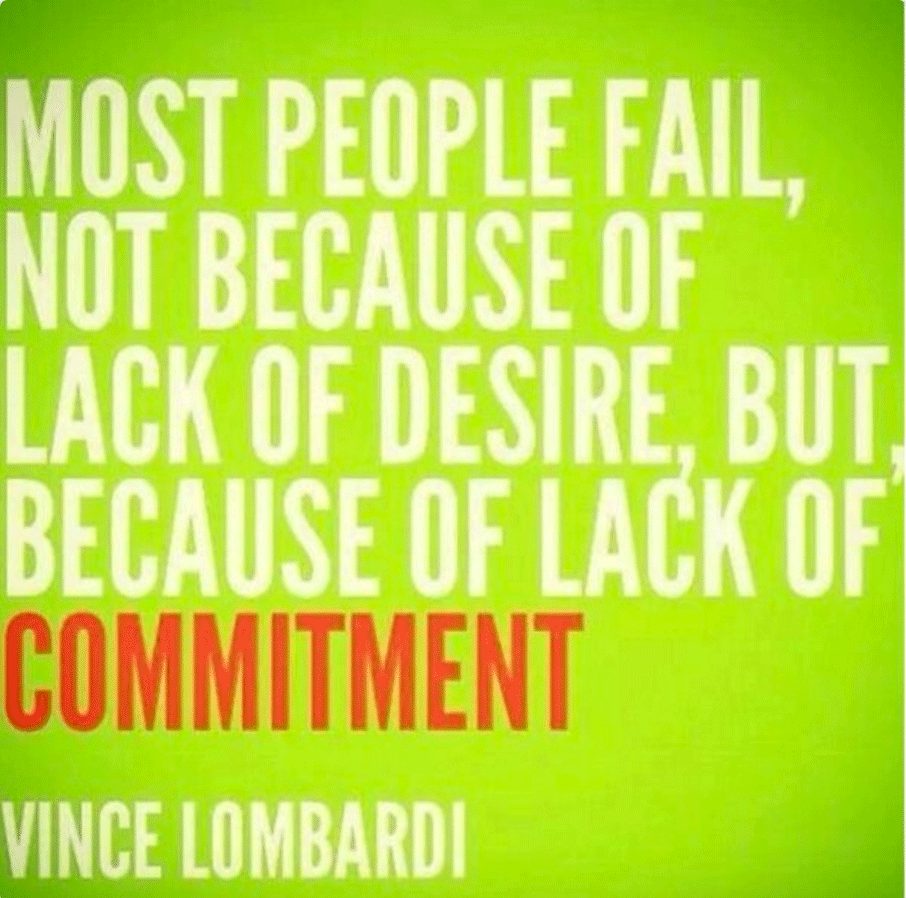A sales leader manages a group of sales representatives and increases the sales teams performance. It doesn’t matter if the product and/or services offered are the best in the world if there is not an effective sales leader to make sure that the sales process excels in performance. There are a few criteria that an effective sales leader must employ in order to create and maintain a productive and excellent sales team.
Hiring the Right Team
Before you can help your team succeed in sales you must hire and train the right candidates and know what to look for in a job applicant. When a person comes into an interview they must meet certain criteria in order for them to be considered a good candidate for the sales team you are creating. Previous sales experience is a plus, but is not always necessary if they meet all other mandatory requirements. They must present themselves professionally in everything from the way they dress to the manner they speak in. They must show an excellent speaking quality and be able to perform an example sales call on the spot. Additionally, try to make sure that they fit into your organization’s culture, this will ensure that they are comfortable and happy, thus they will stay with you for longer!
For More Information on Sales Recruiting Click Here.
Motivate and Reward
Part of your job as a sales leader and sales coach expert is to inspire, motivate and reward your team. Every day you will need to get your team motivated for the day and inspire them to perform at their optimum ability. There are many ways to do this and you may need to try a few different tactics such as morning meetings, business lunches or end of the day reviews. It has been proven that when employees are offered incentives they perform better at their job. Try engaging your team in one on one sales coaching or professional sales training. Additional incentives include allowing them to leave an hour early or providing them with a gift card for excellent performance. If they aren’t impressed with your first incentive you could experiment with a few other rewards until there is a reasonable balance of rewards, capability, and improvement.
Assign and Delegate
Every sales team has a quota or expectation they need to meet either made by you as the sales leader or by one of your supervisors. You will need to delegate certain tasks and assign work properly so that your team can meet these quotas efficiently and easily. As a sales leader, you should be reading articles and books on how to delegate tasks to ensure you have various effective methods of delegation to employ. This will help keep your great sales team on track during slow times or fast times. It will also keep you on track and help you come up with new ideas that will push the boundaries of your sales team and ultimately bring improvement and expansion.
Make Good Decisions
You as a sales coach and leader will need to be able to make decisions that are best for the entire team. You may be faced with tough choices and decision that you would rather not make, but you need to be able to perform the task at hand no matter how difficult it is, you are the leader! For instance, you may be told that your team needs to be reduced by two people based on budget cuts in the company and your supervisor needs your decision by the end of the week. You may be attached to your team and the choice will be one that is not easy to make. You will have to look inside yourself and at each individual team member’s performance and make the best decision you can for the company and remaining team members.
Confidence and Trust
You will need confidence in order to be a sales leader. You must show confidence in yourself and your team in order to succeed. You will also need to let go of your need to micromanage your subordinates and show them that you trust them to perform on their own. Once everyone on the team feels confident in themselves and that you trust them with responsibilities, the entire team will perform better. Have confidence in your decisions, your actions, and your team’s ability.
Filter Information Properly
As the sales leader you will be bombarded with information on a daily basis. You will need to sort through all of this information and categorize it from top priority to semi-important and least important information that can be put lower on the list. You will have information and request coming at you from all sides all the time. An effective sales leader has the ability to manage, sort and make decisions regarding all information and requests that come his/her way. Your supervisors are going to have requests anywhere from changing the arrangement of the team seating to laying people off. Your team will have requests for days off, schedule changes, or employee tensions. You need to be able to effectively and efficiently sort through everything and tackle the most important issues first.
4 Mistakes Sales Leaders Should Avoid Making







